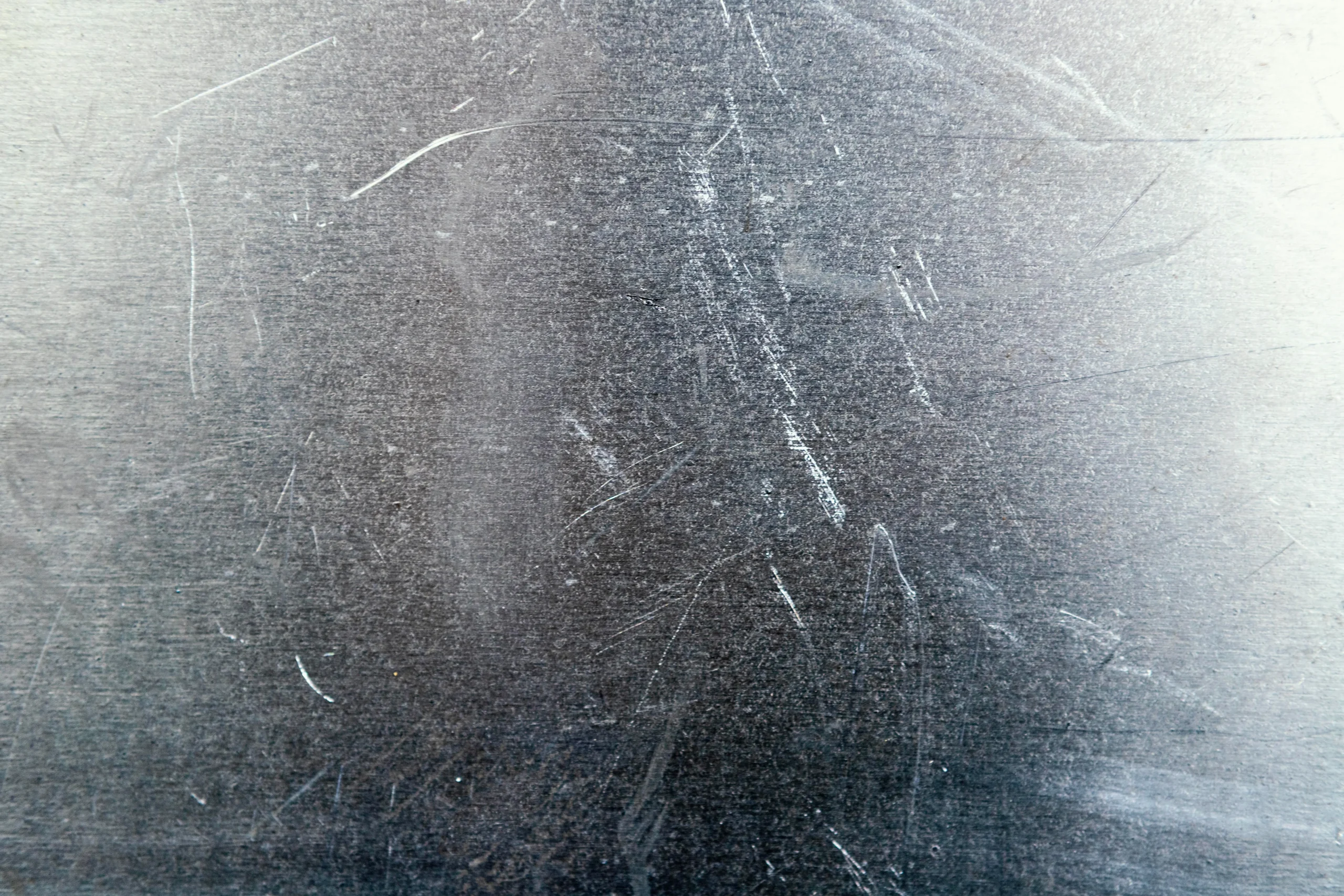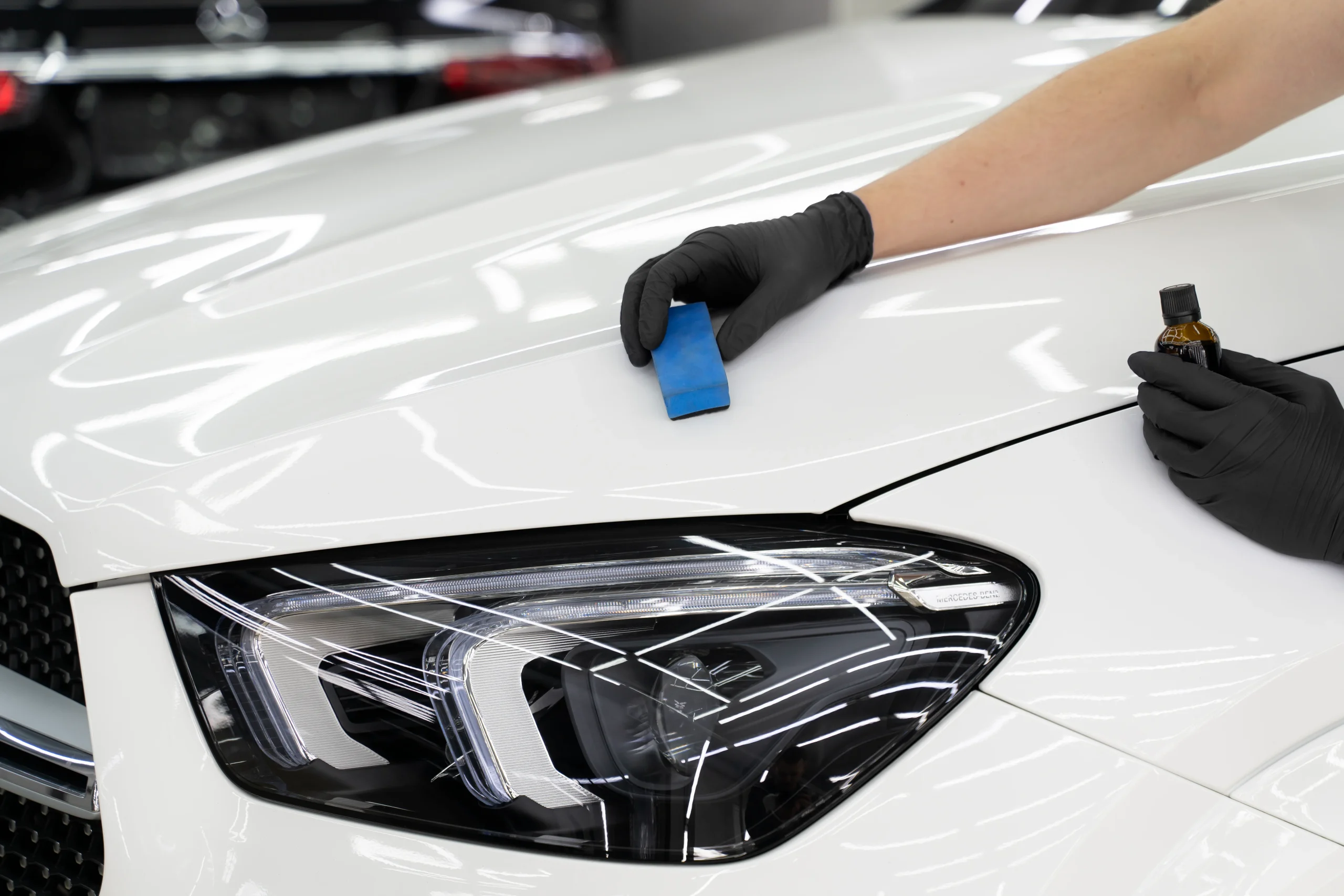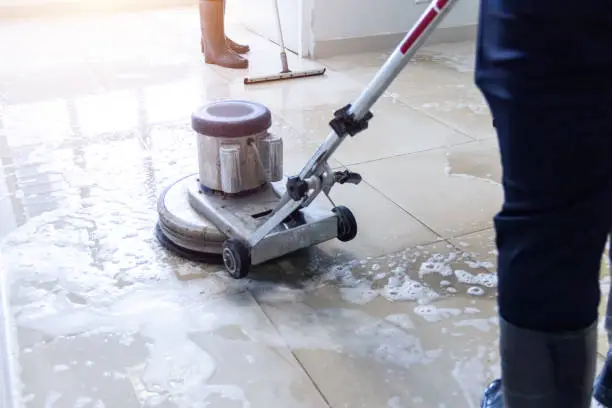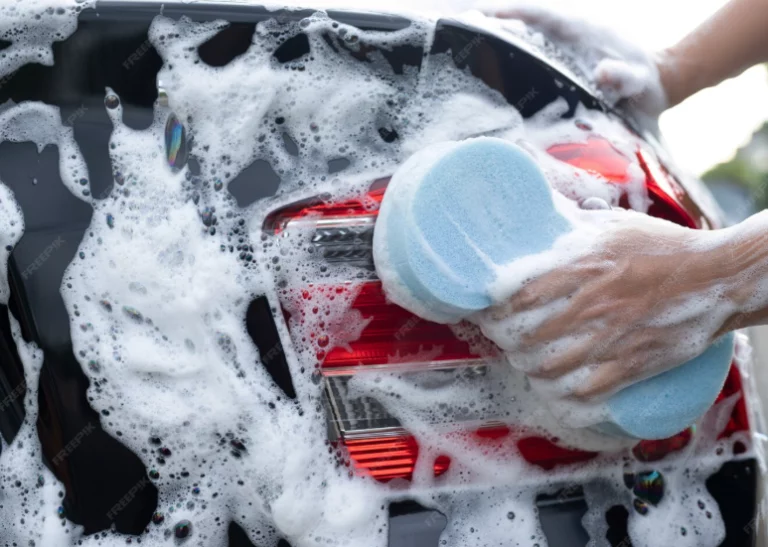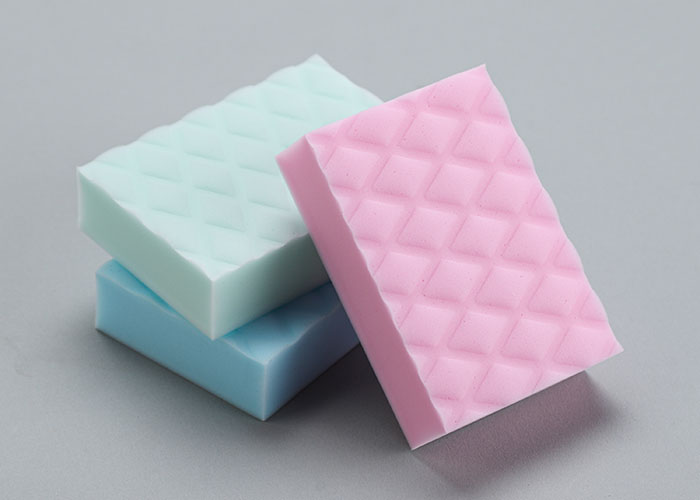Magic Eraser , crafted from melamine foam, have woven themselves into the fabric of modern homes. They tackle stubborn smudges, scuffs, and grime with ease. Their micro-abrasive texture acts like a whispering sandpaper, gently coaxing dirt away without harsh chemicals. Yet, this very strength can turn into a flaw. Some surfaces, too fragile for such vigor, risk damage under their touch.
At FoamTech, we’re artisans of premium foam manufacturing. We dive deep into the science of cleaning materials. Magic Eraser shine in many tasks. To guide you away from costly mistakes, we’ve woven together a list of surfaces that should never meet a Magic Eraser. Let’s explore how to keep your home radiant without harm.
Surfaces You Should Never Clean with Magic Eraser
Delicate or Polished Surfaces
Magic Eraser away filth with a delicate yet relentless touch. But this same action can wound fragile finishes. Glossy paint, polished wood, and acrylic surfaces gleam thanks to a smooth, pristine layer. When a melamine foam eraser grazes them, it risks etching tiny scratches. These marks dull their luster over time.
Picture a high-gloss table, its surface mirroring the room’s light. A Magic Eraser might leave faint swirls, dimming its elegance. Instead, reach for a microfiber cloth, soft as a cloud. Pair it with a mild cleaner tailored for polished surfaces. This duo preserves the glow without a trace of harm.
To bridge this caution to the next surface, consider how delicate coatings extend beyond furniture. Kitchenware, for instance, demands similar care.
Non-Stick Cookware (Pans, Pots)
Non-stick pans wear a protective cloak that keeps food from clinging. Yet, this shield is surprisingly tender. Scrubbing it with a Magic Eraser can fray the coating. Over time, it loses its slick charm. Worse, flakes might mingle with your meals.
Rather than gambling with damage, choose a soft sponge. Combine it with gentle dish soap. For stubborn grime, let the pan soak in warm, soapy water. Then, wipe it clean. This approach nurtures the non-stick magic, ensuring your cookware thrives for years.
As we move from kitchen to garage, another surface calls for caution. Vehicles, with their glossy exteriors, face similar risks.
Car Paint and Clear Coats
Car owners often wield Magic Eraser against tough foes like bird droppings or tree sap. It’s a bold but perilous choice.
Car paint and clear coats shimmer with a glass-like finish. The abrasive whisper of melamine foam can etch micro-scratches into this surface. These tiny wounds gather over time, clouding the car’s brilliance with a swirled, lackluster sheen.
Instead, arm yourself with a dedicated automotive cleaner. Pair it with a microfiber towel, gentle as a breeze. For stubborn stains, a clay bar glides over the paint, lifting grime without a scratch. This method keeps your car’s exterior dazzling.
Shifting from the driveway to the kitchen, another shiny surface demands attention. Appliances, too, require careful handling.
Stainless Steel Appliances
Stainless steel appliances gleam with a sleek, futuristic allure. Their brushed or polished surfaces, however, are easily scarred by abrasive tools. Magic Eraser can carve uneven scratches, disrupting the metal’s uniform grain. The result? A once-pristine fridge or oven looks battle-worn.
To preserve their radiance, turn to a specialized stainless steel cleaner. Alternatively, mix vinegar and water for a simple solution. Wipe along the grain’s direction, like stroking a cat’s fur, to maintain a flawless shine. This gentle touch keeps your appliances sparkling.
From appliances, we turn to the screens that light up our lives. Electronics, with their fragile coatings, need equal care.
Electronic Screens (TVs, Phones, Monitors)
Today’s TVs, smartphones, and monitors boast anti-glare or oleophobic coatings. These layers fend off fingerprints and smudges. Yet, a Magic Eraser’s abrasive caress can strip them away. Without protection, screens become prone to scratches. Visibility fades, and clarity suffers.
Instead, use a microfiber cloth, soft as a feather. Lightly dampen it with distilled water or a screen-safe cleaner. Never spray liquid directly onto the screen. Apply it to the cloth first. This prevents moisture from seeping into delicate components. Your screens will stay crisp and vibrant.
Leaving the digital world, we step into the realm of natural beauty. Stone countertops, with their earthy elegance, demand similar respect.
Natural Stone Countertops (Granite, Marble)
Granite and marble countertops, with their porous, organic charm, require tender care. Magic Eraser can etch their surfaces, leaving dull patches that resist repair. Abrasive or acidic cleaners worsen this harm, scarring the stone’s natural grace.
For daily upkeep, a soft cloth and mild soap work wonders. They clean without wounding. For deeper stains, consult a stone care expert. Their guidance prevents lasting damage, keeping your countertops as timeless as the earth they came from.
As we move from stone to softer materials, upholstery enters the spotlight. Leather and vinyl, like stone, crave gentle handling.
Leather and Vinyl Upholstery
Leather and vinyl furniture exude warmth and sophistication. Yet, their surfaces are vulnerable to abrasive cleaning. Magic Eraser can strip protective finishes. Leather grows dry and cracked. Vinyl fades, losing its vibrant sheen.
Instead, reach for a leather conditioner or a cleaner crafted for upholstery. Test it on a hidden patch first. This ensures no discoloration or harm creeps in. With this care, your furniture remains inviting and pristine.
Having explored surfaces to avoid, let’s pivot to safer cleaning methods. The right tools can transform your routine without risking damage.
Safe Alternatives for These Surfaces
Magic Eraser excel in many tasks, but they’re not a universal fix. Other tools step in where melamine foam falters. Microfiber cloths, soft as a whisper, shine on polished surfaces and electronics. A baking soda paste, gentle yet effective, tackles stainless steel and cookware. A vinegar-water mix dances across glass and sealed countertops, leaving them spotless. For specialized needs, turn to cleaners designed for stone or leather. They nurture each material’s unique beauty.
By choosing the right tool for each surface, you weave a tapestry of care. Your home stays radiant, free from unintended harm. But what about using Magic Eraser where they do belong? Let’s explore how to wield them wisely.
How to Use Magic Eraser Safely
When you do reach for Magic Eraser, a few practices ensure they work without wreaking havoc. First, always test them in a hidden corner. This small step reveals if scratches or discoloration might follow. Next, use light pressure and a touch of water. Melamine foam thrives with minimal force. Pressing too hard sharpens its abrasive edge. Finally, avoid repeated scrubbing on sensitive surfaces. Even if they seem unscathed at first, wear builds over time.
These habits let Magic Eraser shine where they’re safe. They lift grime without leaving a trail of regret. As we wrap up, let’s reflect on the broader lesson of mindful cleaning.
Conclusion
Magic Eraser are a potent ally in the fight against grime. Yet, their abrasive nature demands caution. Delicate finishes, non-stick coatings, car paint, stainless steel, electronics, natural stone, and leather all recoil from their touch. By pairing each surface with its ideal cleaning method, you safeguard your home’s beauty. No unintended scars, only sparkling results.
At FoamTech, we’re passionate about crafting top-tier foam solutions. From cleaning to insulation and beyond, we’re here to elevate your world. Have questions about foam materials or cleaning practices? Our experts are eager to help. Reach out, and let’s keep your home as brilliant as your vision.
FAQs:
Q1: Can I use a magic eraser on my car’s paint?
A: No. Magic erasers are abrasive and can scratch car paint or clear coats, leaving swirl marks. For safe cleaning, use a microfiber cloth with automotive-specific cleaners or a clay bar for stubborn contaminants.
Q2: Is it safe to clean stainless steel appliances with a magic eraser?
A: Avoid it. Magic erasers can scratch stainless steel’s delicate finish, disrupting its uniform grain. Instead, use a vinegar-water solution or a dedicated stainless steel cleaner, wiping gently along the grain.
Q3: What makes melamine foam effective for cleaning?
A: Melamine foam’s micro-abrasive structure acts like fine sandpaper, lifting dirt without harsh chemicals. It’s ideal for tough stains on durable surfaces like porcelain or tile, but avoid delicate materials to prevent damage.
Q4: Are there professional-grade alternatives to household magic erasers?
A: Yes! Some manufacturers (like FoamTech) offer high-density melamine foam with optimized abrasiveness for specific tasks, ensuring better durability and controlled cleaning power for industrial or detailed home use.
Q5: How do you remove scratches caused by a magic eraser?
A: For polished surfaces (e.g., gloss furniture or cars), use a polishing compound or wax to buff out light scratches. For deeper damage, consult a professional refinisher. Prevention—using gentler tools—is always best!

